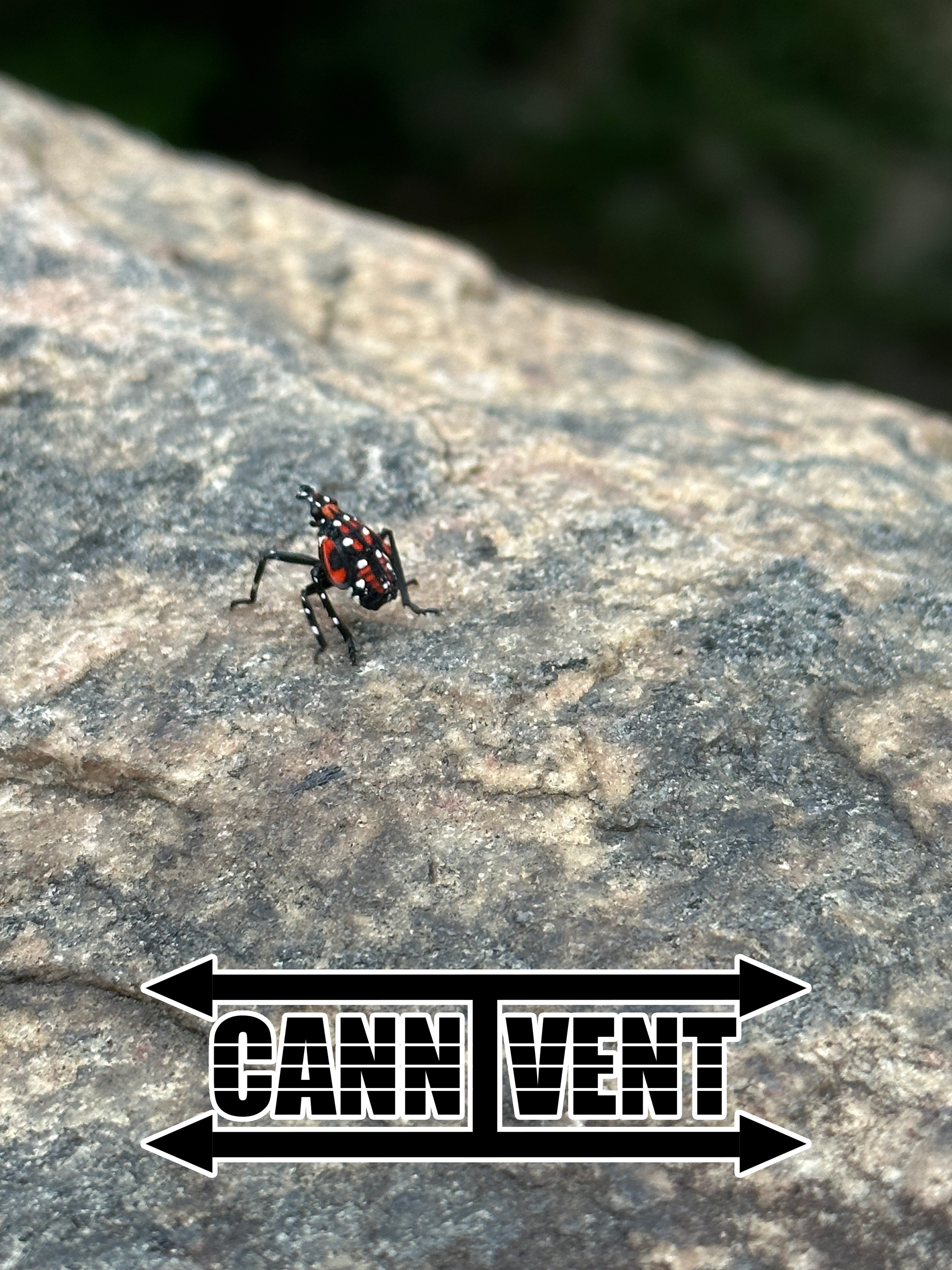The Lantern Fly… In NYC
In the bustling streets of New York City, an intriguing visitor from distant lands has captured the attention of both nature enthusiasts and farmers alike – the mysterious lantern fly. This enigmatic insect, native to Asia, has embarked on an incredible journey across oceans and continents, making its presence felt in the urban landscape and agricultural fields of NYC.

LanternFly in NYC
Migration from Asia:
The lantern fly’s journey began in the lush forests of Asia, where it thrived amidst the rich biodiversity of its homeland. Driven by unknown forces and in search of new horizons, these insects took to the skies, undertaking a remarkable migration that eventually led them to the shores of New York City. The exact reasons for their transcontinental migration remain shrouded in mystery, captivating scientists and explorers alike.
Impact on Crops, Especially Cannabis:
While the lantern fly’s arrival in NYC might have fascinated onlookers, its presence has also raised concerns, particularly among farmers and cultivators. These insects are known for their voracious appetite, and it is the crops, including cannabis, that bear the brunt of their feeding frenzy.
Cannabis, which has become a significant cash crop in New York State, is not immune to the lantern fly’s appetite. The insects extract nutrients from the leaves and stems of cannabis plants, causing stress and reduced yield. In severe cases, an infestation of lantern flies can lead to stunted growth and even crop failure, jeopardizing the livelihoods of many cannabis cultivators.
Furthermore, the sticky substance excreted by the lantern fly, known as “honeydew,” promotes the growth of sooty mold. This black mold can cover the leaves, blocking sunlight and impairing photosynthesis, ultimately impacting the overall health of the cannabis plants.
Efforts to Mitigate the Impact:
Recognizing the potential threat posed by the lantern fly to the cannabis industry and other crops, farmers and agricultural experts in NYC have been actively seeking solutions to combat the invasion. Integrated pest management strategies, such as introducing natural predators and employing physical barriers, have been implemented to control lantern fly populations.
Additionally, public awareness campaigns are encouraging citizens to report sightings and take preventive measures to limit the spread of these insects further. By collaborating and sharing knowledge, New Yorkers aim to safeguard their crops and preserve the delicate balance of their ecosystem.
Conclusion:
As the lantern fly continues its journey across the vast landscapes of New York City, its impact on crops, particularly cannabis, remains a matter of concern for farmers and agricultural experts. Nevertheless, the city’s resilience and proactive approach in dealing with the invasion demonstrate their commitment to protecting their precious resources and embracing the wonders of nature, even amidst the challenges posed by this unique visitor from afar.
Written by with help from Chat GPT

- Share:





